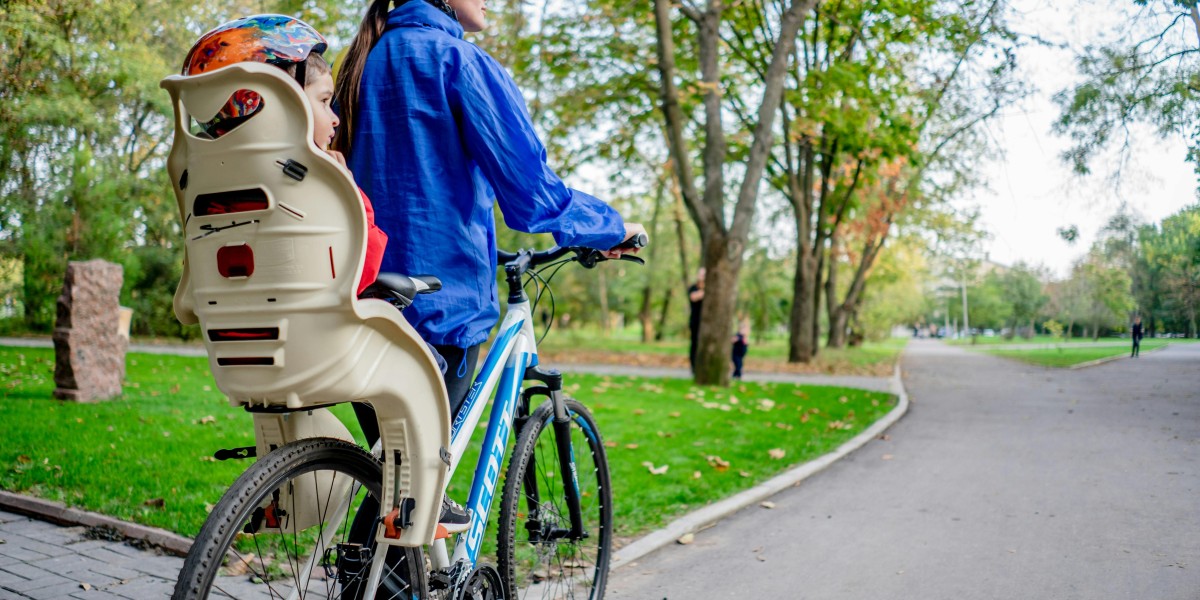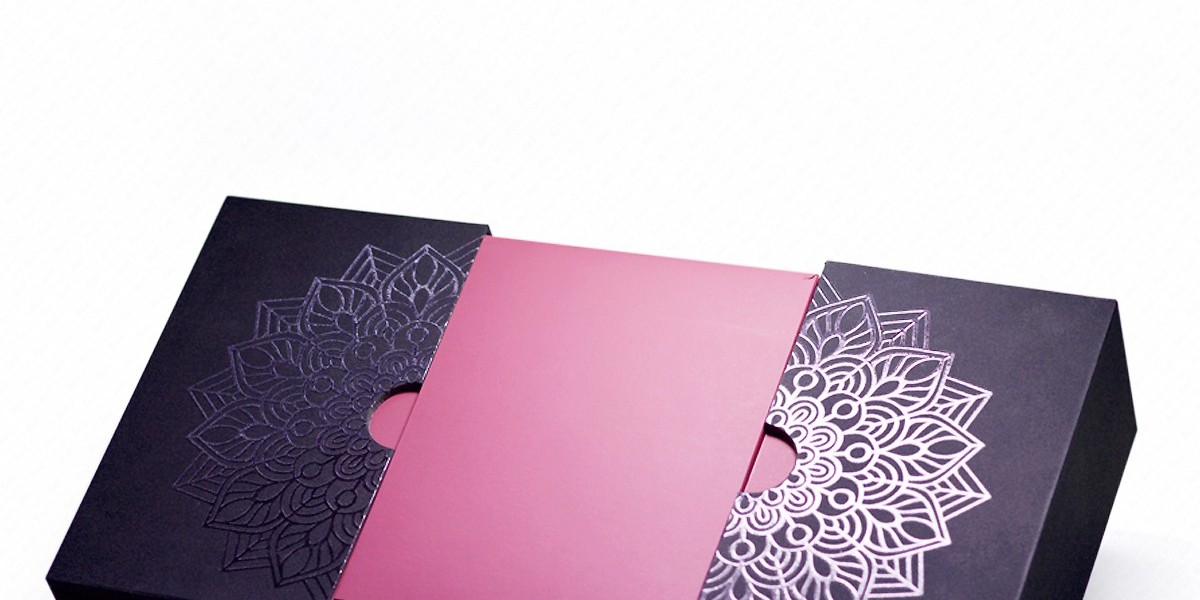Selecting the best child bike seats ensures safety, comfort, and enjoyment for family cycling adventures. With advancements in design and technology, 2025 offers a range of high-quality options tailored to various needs. This comprehensive guide explores essential factors, top features, and leading models to help parents make informed decisions for their young riders.
Why Child Bike Seats Matter for Family Cycling
Child bike seats are critical for safe and enjoyable family outings. They provide a secure way to carry young children, typically from 9 months to 6 years, on bicycles. Unlike trailers or cargo bikes, bike seats attach directly to the parent’s bike, offering a closer connection and better control. In 2025, modern designs prioritize safety standards, ergonomic comfort, and durability, ensuring children remain secure while parents pedal confidently. Choosing the right seat involves balancing safety, compatibility, and ease of use, tailored to specific cycling habits and child needs.
Types of Child Bike Seats Available in 2025
Front-Mounted Child Bike Seats
Front-mounted bike seats, designed for children aged 9 months to 3 years (up to 33 pounds), attach to the bike’s frame or handlebars. These seats position the child in front of the rider, fostering interaction and allowing parents to monitor their child closely. In 2025, brands like Thule and Hamax offer models with adjustable harnesses and footrests, ensuring a snug fit as children grow. Lightweight materials like reinforced composites enhance stability without compromising bike handling.
Rear-Mounted Child Bike Seats
Rear-mounted seats, suitable for children up to 6 years or 48 pounds, attach to the bike’s rear rack or frame. These seats provide more space and comfort for older or larger children. Models from Yepp and Burley in 2025 feature reclining options and shock-absorbing suspensions, ideal for longer rides. Rear seats are versatile, fitting most adult bikes, including e-bikes, and often include quick-release systems for easy installation.
Key Differences Between Front and Rear Seats
Front seats excel for younger children, offering better visibility and engagement but limited weight capacity. Rear seats accommodate older kids and provide more stability for extended trips. In 2025, hybrid designs blur these lines, with some rear seats offering forward-leaning positions for better interaction. Parents should consider child age, bike type, and ride duration when choosing between front and rear options.
Essential Features to Look for in 2025 Child Bike Seats
Safety Standards and Certifications
Safety is paramount. Top 2025 models comply with EN14344 and ASTM standards, ensuring robust construction and secure harness systems. Five-point harnesses with padded straps prevent slippage, while reflective elements enhance visibility. Brands like Polisport integrate side-impact protection, mimicking car seat technology, for added security during urban rides.
Comfort and Adjustability
Comfort features include padded seats, adjustable footrests, and reclining options for napping. In 2025, seats like the Thule RideAlong offer customizable headrests and ventilation channels to keep children cool. Adjustable harnesses and footrests accommodate growth, extending the seat’s usability over years.
Bike Compatibility and Installation
Compatibility with bike frames, especially e-bikes and mountain bikes, is crucial. Universal mounting systems in 2025 models, such as Topeak’s QuickClick, simplify installation across various bike types. Parents should verify frame clearance and weight limits to ensure a secure fit, particularly for bikes with non-standard tubing.
Durability and Weather Resistance
High-quality materials like UV-resistant plastics and waterproof fabrics ensure longevity. Seats from Bobike and Hamax in 2025 feature rust-proof hardware and washable cushions, ideal for all-weather cycling. Reinforced frames withstand daily use, making them a worthwhile investment for active families.
Top Child Bike Seats to Consider in 2025
Thule Yepp Nexxt 2 Maxi
This rear-mounted seat supports children up to 48 pounds, with a shock-absorbing frame and magnetic safety buckle. Its lightweight design and tool-free installation make it a favorite for urban commuters. Adjustable footrests and a reclining feature enhance comfort for long rides.
Hamax Caress
The Hamax Caress offers both front and rear mounting options, with a 44-pound capacity. Its suspension system absorbs road vibrations, while the ergonomic design includes a padded harness and adjustable backrest. The quick-release mount simplifies transitions between bikes.
Burley Dash Rack
Designed for e-bike compatibility, the Burley Dash Rack supports up to 40 pounds and features a reclining seat for napping. Its robust frame and easy-to-clean materials suit frequent use, with a focus on safety through a five-point harness and reflective accents.
Maintenance Tips for Long-Lasting Child Bike Seats
Regular maintenance ensures safety and durability. Check harnesses and mounts monthly for wear, tightening bolts as needed. Clean seats with mild soap and water, avoiding harsh chemicals that degrade materials. Store seats indoors to protect against UV damage and rust, extending their lifespan for years of family cycling.
Making the Right Choice for Your Family
Choosing the best child bike seat in 2025 depends on child age, bike type, and riding habits. Front-mounted seats suit younger children and short trips, while rear-mounted options cater to older kids and longer adventures. Prioritize safety certifications, comfort features, and compatibility to ensure a secure and enjoyable experience. By investing in a high-quality seat from trusted brands, families can confidently explore the outdoors together, creating lasting memories on every ride.



